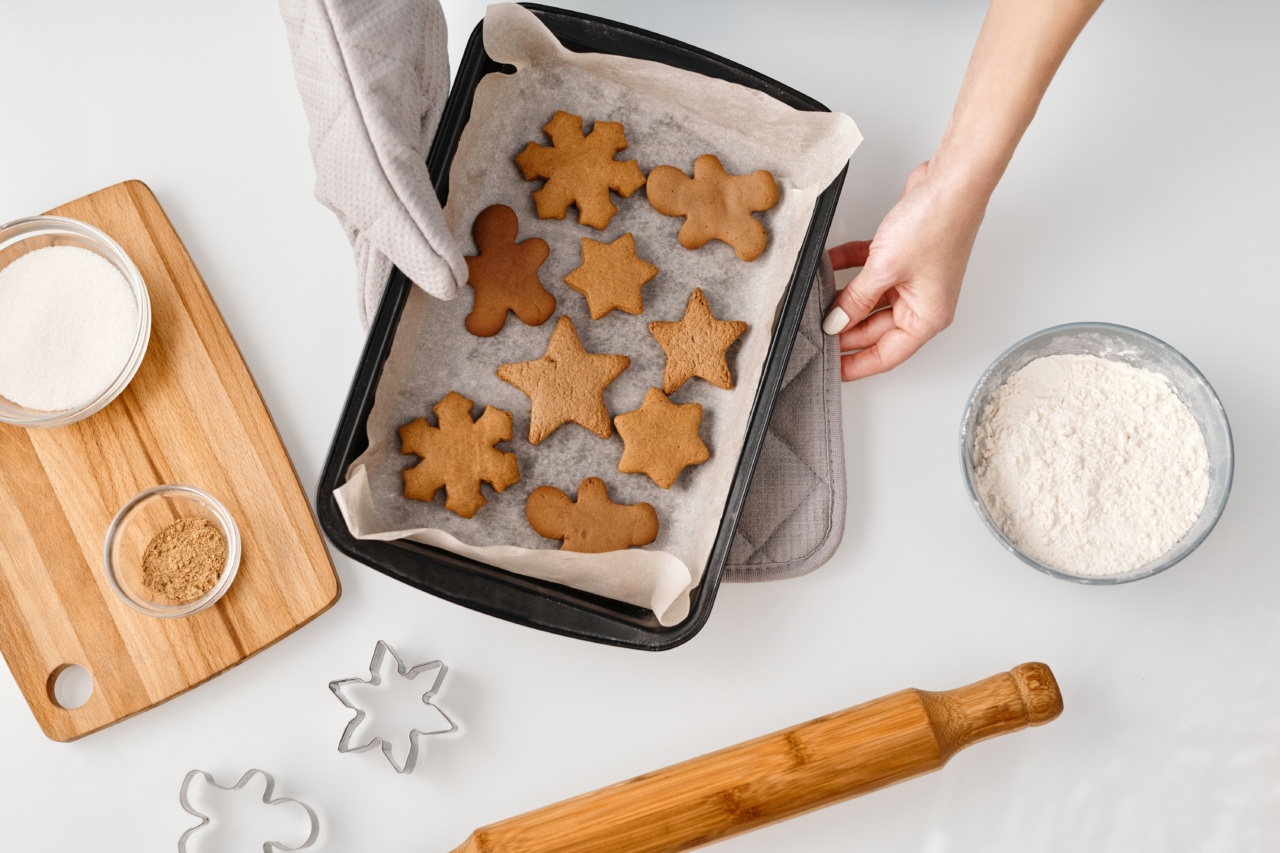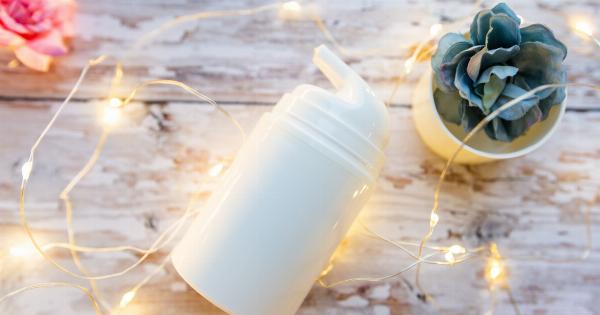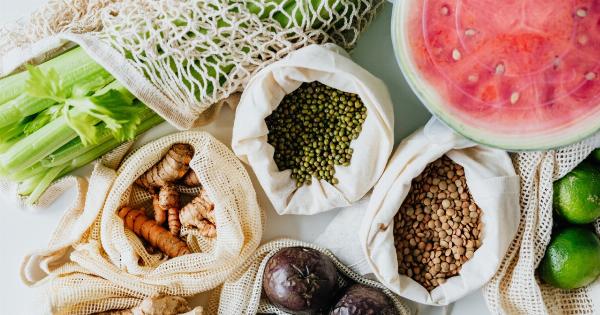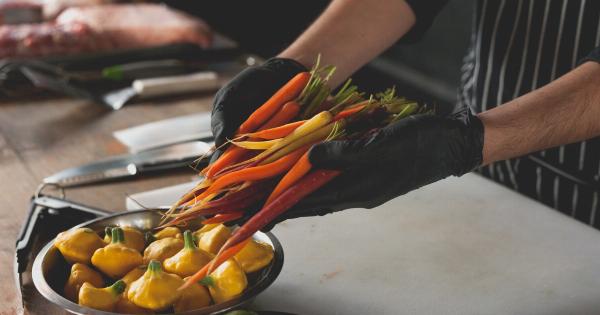Christmas is a time for joy, love, and of course, delicious food. As you prepare your Christmas meal for your loved ones, it is crucial to prioritize safety and sanitation.
Proper food handling can prevent foodborne illnesses and ensure that everyone enjoys a healthy and happy holiday season. In this article, we will provide you with essential guidelines for safe and sanitary Christmas meal preparation.
1. Plan Ahead
Planning ahead is key to a smooth and stress-free Christmas meal preparation. Make a list of all the dishes you plan to serve and all the ingredients needed. Check your kitchen staples and make a shopping list for the additional items you need.
This will help you avoid last-minute rushes to the grocery store and minimize the chances of forgetting important ingredients.
2. Purchase Fresh Ingredients
While buying ingredients, ensure they are fresh and of good quality. Fresh ingredients not only taste better but also reduce the risk of foodborne illnesses. Check the expiration dates of perishable items such as meat, dairy products, and eggs.
If possible, buy from local farmers or trusted suppliers to ensure the freshness and quality of your ingredients.
3. Separate Raw and Cooked Foods
It is crucial to avoid cross-contamination between raw and cooked foods. Bacteria present in raw foods, such as poultry and meat, can easily spread to other foods and cause foodborne illnesses.
Be sure to use separate cutting boards, utensils, and containers for raw and cooked foods. Wash your hands thoroughly and sanitize surfaces between each use to prevent the spread of harmful bacteria.
4. Thaw Foods Properly
If you are using frozen ingredients for your Christmas feast, ensure that you thaw them properly. Thawing food at room temperature can promote bacterial growth.
The safest methods for thawing frozen foods are in the refrigerator, in cold water, or in the microwave. Plan ahead to allow enough time for proper thawing, especially for large cuts of meat.
5. Store Foods at Proper Temperatures
Proper food storage is crucial to maintain the freshness and safety of your Christmas meal. Refrigerate perishable items, such as meat, poultry, dairy products, and leftovers, promptly at temperatures below 40°F (4°C).
Use a refrigerator thermometer to ensure your fridge is at the right temperature. Keep hot foods hot, above 140°F (60°C), and cold foods cold, below 40°F (4°C), during the entire meal service to prevent bacterial growth.
6. Cook Foods Thoroughly
Thorough cooking is essential to kill harmful bacteria that may be present in raw foods. Use a food thermometer to ensure that meats, poultry, and other dishes reach their appropriate internal temperatures.
The FDA recommends cooking poultry to a minimum internal temperature of 165°F (74°C) and ground meats to 160°F (71°C). Fish and seafood should be cooked to 145°F (63°C).
7. Avoid Cross-Contamination
Cross-contamination can occur when bacteria from one food item spread to another. To avoid cross-contamination, wash your hands thoroughly between handling different types of food.
Clean cutting boards, utensils, and countertops with hot, soapy water after each use. Consider using color-coded cutting boards for different food groups to prevent cross-contamination.
8. Serve Food Safely
During the Christmas meal, it is important to serve food safely to maintain its quality and prevent bacterial growth. Keep hot food dishes heated above 140°F (60°C) using chafing dishes, warming trays, or slow cookers.
Serve cold dishes, such as salads and desserts, on beds of ice or in bowls placed over ice to keep them at a safe temperature.
9. Avoid Prolonged Buffet Settings
While buffet-style meals are popular during Christmas, they can pose a risk if not managed properly. Leaving food out at room temperature for extended periods can promote bacterial growth.
Keep buffet settings limited to two hours and discard any perishable foods that have been sitting out for longer. Consider serving smaller portions and replenishing as needed to minimize the time food spends at room temperature.
10. Handle Leftovers Properly
After the Christmas feast, handle leftovers with care to prevent foodborne illnesses. Divide large leftovers into smaller, shallow containers for quick cooling in the refrigerator. Consume or freeze leftovers within 3-4 days.
When reheating leftovers, ensure they reach an internal temperature of 165°F (74°C) to destroy any bacteria that may have multiplied during storage.
Conclusion
Preparing a safe and sanitary Christmas meal is integral to ensuring the well-being of your loved ones.
By following these guidelines for proper food handling and sanitation, you can minimize the risk of foodborne illnesses and create a memorable holiday feast. Prioritize safety, enjoy the festive season, and savor the deliciousness of the Christmas meal!.




























